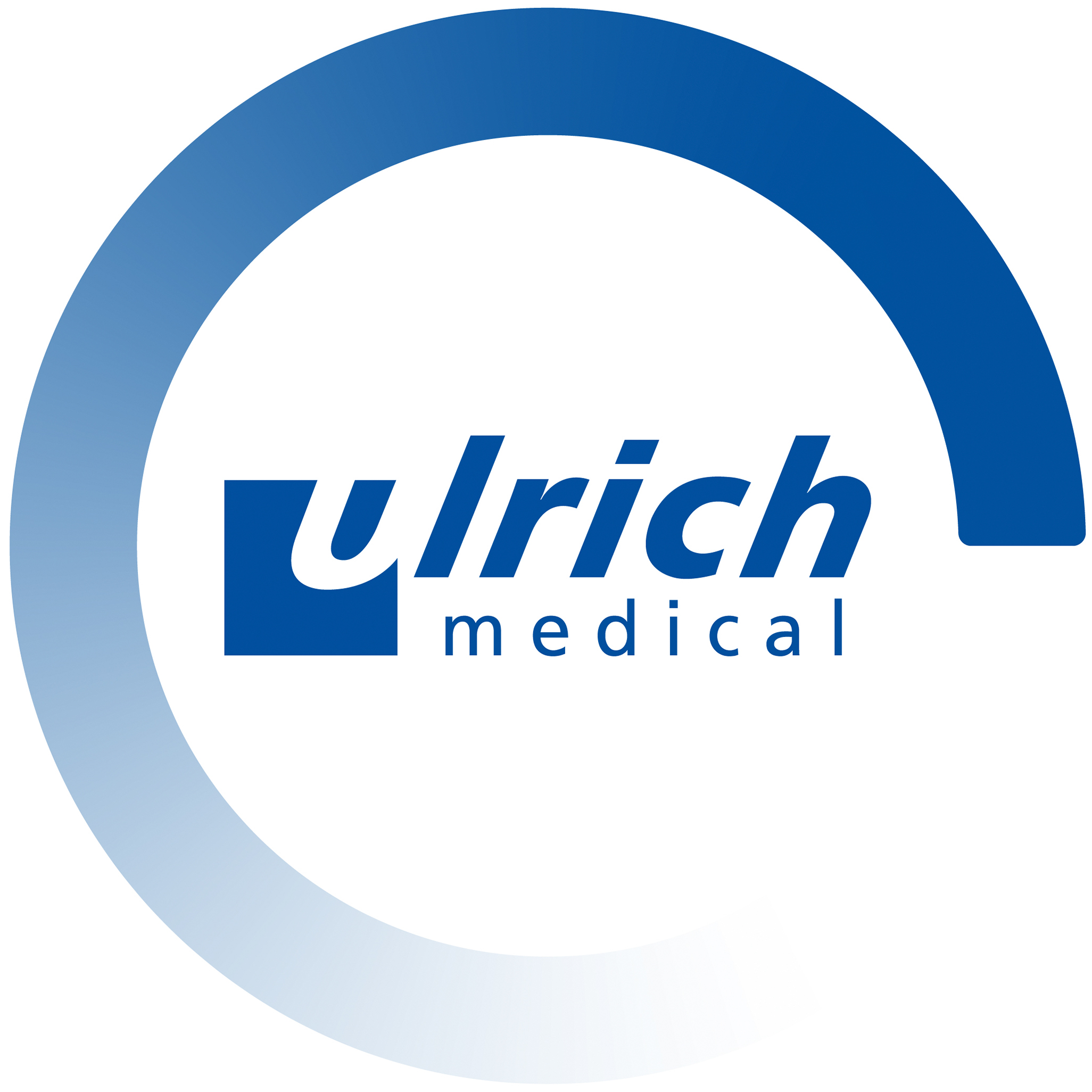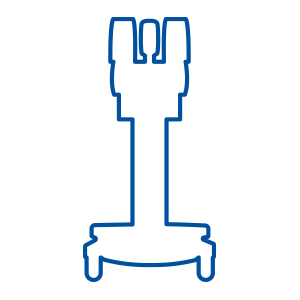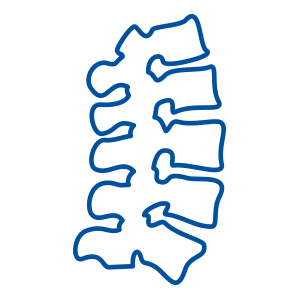ulrich medical in conversation with Adrian Höffner, radiographer/Deputy Head of CT, Diagnostic and Interventional Radiology, Ulm University Hospital

Mr. Höffner, the radiology department at a university hospital is certainly always busy and the number of CT scans performed daily is high. You use the CT motion SPICY contrast medium injector. Can you list a few things that you say make your day-to-day work a little easier?

There are two things in particular that stand out: Firstly, the device is quickly ready for the working day, as well as for the individual patient; and secondly, it is very easy to set different contrast media densities.

Let’s take a closer look at the fact that you say the CT motion SPICY is quickly equipped for the day and the individual patient. What do you mean by that?

We prepare the device, i.e. set up the pump tubing and contrast media, in the morning. We can then use the injectors for 24 hours, only having to change the patient tubing each time and – when they are empty – attach new contrast media or NaCl bottles during the course of the day. Towards the end of the day, a new patient tubing is no longer attached after the examination in order to save it in case no one comes in. A stopper is then fitted to close the system hygienically. This is because after normal daily operation, the equipment remains set up in case there are emergency CTs.
And as far as the preparation for the individual examination is concerned: remove the plug, attach the patient tubing, rinse and you’re done. So, if I think about it, I would have to change everything every time, after every patient, which is sometimes the case, the advantage is huge. Hard to express. I mean, I change the tubing within 5 to 10 seconds, rinse through and the next patient can be put on.

Let’s talk about the second topic, setting the contrast media density. This is only necessary for special examinations. What kind of protocols do you use and why is it so easy to set them up?

We actually use contrast media densities that deviate from the packaging mainly for cardiac examinations. We are guided by the patient’s body mass index. We have pre-programmed the different boluses with CDadapt. For example, we inject the basic bolus, then a contrast bolus of 50 ml and then a bolus of 40 ml with only 30% contrast. All I have to do is enter the amount of contrast media, the flow rate and the contrast media density, i.e. 50 ml, 4 ml/s and 30% – and the protocol is ready. If the density could not be entered as “30 %”, I would have to create it sequentially, i.e. CM bolus, NaCl bolus, CM bolus, NaCl bolus, and so on. That would take me half an hour.

That sounds like practical simplifications that you can really use.

Yes, definitely. The CT motion SPICY is pleasant, simple and nice to work with.









